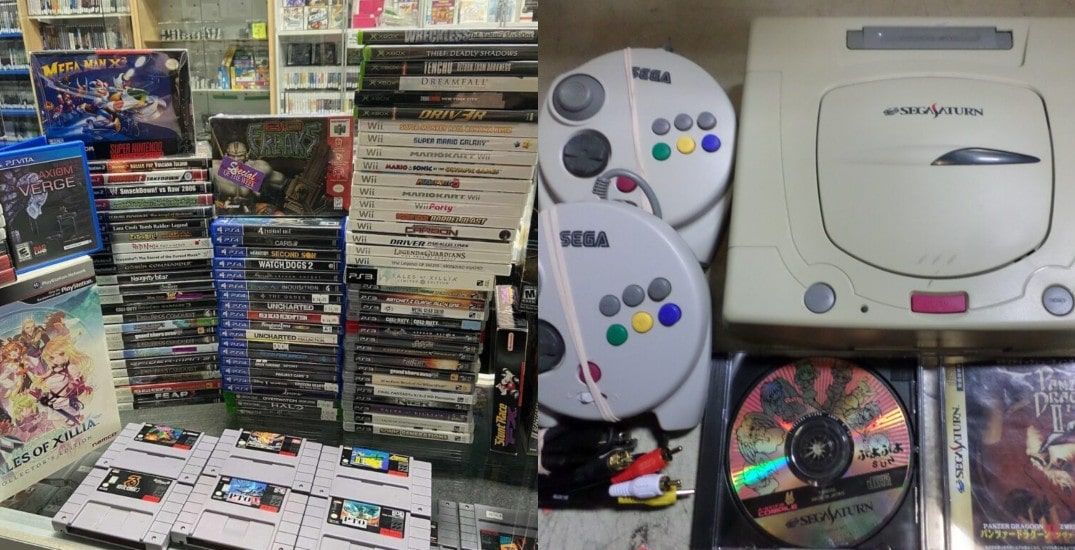I’m constantly attempting to find up with personal jobs; they’re primarily a great way to obtain some distraction and to research something various from what we normally do on a day-to-day basis. In 2015, I placed a lot of love on a compiler project, and this year couldn’t be any different: my research was focused on locating something great to code and to study that needed comprehending the principles of some area of Computer technology – which might evolve to an exciting task to work on.
After investing a few weeks like rolling stones, never able to find something that kept me focused for more than couple of days, I discovered a difficulty that really caught up my attention: create a level editor for Klonoa, a renowned Gameboy Development game – that is, service a ROM hacking project!
Within the following posts, I will dive deep in my research to ensure that I obtain more people to additionally study reverse engineering and other fascinating subjects.read about it gba emulator games from Our Articles The blog posts will be composed both in Portuguese and in English, in order to reach as lots of people as possible.
Talks
Are you the kind that favors to watch as opposed to reviewed?
No worry! My friend and I offered a lecture at 3 conferences regarding this project. Certainly, in a talk the web content is much more compressed, since we have much less time, so these articles are a lot more comprehensive – but these talks bring an even more interactive method to deciphering the challenges of reverse design.
What the hell is Klonoa?
Klonoa Empire of Dreams Intro
It’s a 2D system game, a little bit a lot more puzzle-oriented.
It’s obtained lots of degrees and the mechanic complexity raises as you experience the degrees in a truly addictive way. But the levels are finite hellip; And the truth that I am really addicted to the video game brought me the question: What if we could produce our really own degrees?
A number of functions make this game suitable for this obstacle: it’s 2D and it got a tile-based map, some significantly straightforward technicians, and runs in an old and prominent video game console. Reverse engineering and a level editing and enhancing are fairly intricate, but still achievable! So let’s go! > What is a tile-based map?
Easy peasy: it’s a game map that includes a collection of little items. Each piece (ceramic tile) usually shows up several times and is inside stood for by an one-of-a-kind ID.
If you enjoy the video over, you can conveniently determine a mesh in the foreground, from which there are repeating pieces, thus creating the game map.
This is a rather typical method to create a 2D video game.
Gameboy Advance
It’s a mobile video game console released back in 2001. It was very popular at its time and, much like every video game console that’s end up being prominent, there a great deal of individuals curious about finding out more about how it works internally, which caused tons of research study and paperwork on just how its design works, exactly how to create your own game, tools to help reverse engineering and projects related to the most preferred video games, such as Pokemon – for which you can discover level editors, like Advance Map.
However, considering that Klonoa is not as preferred as Pokemon, there’s no research study focused on how it works and no related tooling. Yet we can benefit from the entire existing ecological community to create our very own device based on GBA handbooks and debuggers!
Our Devices
On the left side, no$gba. On the appropriate side, IDA.
We’ll be making use of two devices: No$GBA mainly for vibrant analysis (assess the game while it is running), and IDA for static analysis (assess it while it is not).
no$gba is a very good tool to do vibrant evaluation, offering you every little thing integrated right into one location. As it’s strictly concentrated on GBA, it has very particular functions, such as picturing the background/tilemap, graphic memory visitors, and so on. This makes every little thing way less complicated. However, for an extra general debugging process, it’s really minimal if compared to IDA, which has outstanding features for static evaluation, such as chart sight and the removal of specific region of the memory to a different documents – which will be important when we get to remove the level of the ROM.
JavaScript
The project is a webapp written in JS and React.
I truly like webapps because, by simply accessing a LINK, the customer has the item out-of-the-box. I didn’t wish to force an individual to download and install an app just to create some levels for a video game, so I determined that the device was internet.
I selected JS since it is the language that runs in an internet browser I am most experienced with. React was chosen since I really like the concept of thinking about your front-end as isolated elements, each with a set of states.
We’ll talk extra regarding the front-end in the last posts in this collection.
Ready? Beginning!
At the end of these article, youll discover every little thing about how this magic application was created
Given this short introduction, in the next few phases I will describe my progression in each action of the project to ensure that with each other we can create a degree editor for Klonoa! Let’s jump on that?

